CHARNEL
A Phantasmagoria of the
First World War
Caleb Jackson
St.Matthew 5, vs 34-39, 43-44:
Ye have heard that it hath been said, An eye for an eye, and a tooth for a tooth: But I say unto you, That ye resist not evil: but whosoever shall smite thee on thy right cheek, turn to him the other also.
Ye have heard that it hath been said, Thou shalt love thy neighbour, and hate thine enemy.
But I say unto you, Love your enemies, bless them that curse you, do good to them that hate you, and pray for them which despitefully use you, and persecute you.
Ecclesiastes, 9 vs.12:
For man also knoweth not his time: as the fishes that are taken in an evil net, and as the birds that are caught in the snare; so are the sons of men snared in an evil time, when it falleth suddenly upon them.
Charnel:
Noun: historical
A building or vault in which corpses or bones are piled.
A place associated with violent death:
[Middle English, from Old French, from Late Latin carn  le, from neuter of Latin carn
le, from neuter of Latin carn  lis, of the flesh , from car
lis, of the flesh , from car  , carn-, flesh ; see sker in Indo-European roots]
, carn-, flesh ; see sker in Indo-European roots]
Published by Caleb Jackson
2014 Caleb Jackson
The moral right of the author to be identified as the author of this work has been asserted.
In this book, Gobowen, Chamberlain, Gethin, Taffy, Brady, Williams, Thomas, Dewi, Albert & Herbert Powell, Fook-Haydior, Charles & Christopher Clutterbuck, Jones, Drinkwater, Huxtable, Foxall are imaginary characters. Any resemblance to actual persons, alive or dead is coincidental.
ISBN 978-1-78280-225-9
British Library Cataloguing in Publication Data
A catalogue record for this book is available from the British Library
All rights reserved. No part of this book may be reproduced, stored in an information retrieval system, transmitted in any form or by any other means electronic, mechanical, photocopying, recording or otherwise (other than small extracts for review purposes) without the express prior permission of the author or a licence permitting restricted copyright in the UK issued by the UK Copyright Licensing Agency. This book may not be lent, resold or otherwise disposed of by way of trade in any form of binding other than that in which it is published without the prior consent of the publisher.
Cover Design by Caleb Jackson - caleb.jackson@hotmail.co.uk
Dedication
To Michael Bedford RNVR born 1925
(who served with the Pacific Fleet 1943-1946
and witnessed the Japanese surrender
at Hong Kong on 16 th September 1945),
Nephew of William Guest Bedford 1896-1915
The Author
Caleb Jackson is the third generation of his family to be born in India after his great grandfather was despatched there from Norfolk with the 722 Regiment of Foot at the time of the Indian Mutiny in 1857.
He has been a Marine Engineer, Civil Engineer and was a Consulting Engineer for twenty-two years.
He is the author of Chanunpa, an epic of the voyage of discovery from the Ohio to the Pacific by Lewis and Clark; Chabai, a childrens story set in Sabah; Chameleon, an autobiography; Chosen, the story of 15-year-old Mary Jemison, who was kidnapped by Shawnee in 1758 and lived with the Iroquois until the end of her life in 1833; Short Stories and Poems.
Caleb Jackson is married with five children and lives in England near the Welsh Marches.
Contents
Introduction Maps Acknowledgements
1 PATHWAYS TO ARMAGEDDON
2 THE BEGINNING
3 GUSSIE
4 WARSHIPS AND WIPERS
5 THE DARDANELLES
6 BOMBS, BULLETS & BUNGLERS
7 HELLES
8 SUVLA BAY
9 A MIND TO WAGE WAR
10 LOOS
11 MESOPOTAMIA
12 THE CRICKETERS OF FLANDERS
13 THE DEEP BLUE SEA
14 THE WHALER
15 HEAVY CASUALTIES ARE INEVITABLE
16 LEST WE FORGET
17 WINTER OF DISCONTENT
18 PASSOVER 1917
19 SHUT THE GATES OF MERCY
20 VICTORY?
21 THE AIR IS LOUD WITH DEATH
22 ARMAGEDDON AND ARMISTICE
23 THE IMMORTALS
Introduction
Crowds gather under the Menin Gate at Ypres every evening at 750p.m. 55,000 names of officers and private soldiers whose bodies are untraced are engraved on the walls of the Gate.
A War Graves Commissioner in tweed jacket and cavalry twill puts chains across the access to the south steps. Buglers chat with the crowd on the north side of the road. Traffic continues to pass under the arch. Two policemen appear and block the east and west accesses. The buglers march to the east of the arch.
This ceremony is repeated at 8.0.pm. every day of the year.
The buglers play the Last Post and the official, a Belgian, reads a brief address, calls the name of one of the men listed on the walls around us. He recites Lawrence Binyon's couplets:
They shall grow not old, as we that are left grow old:
Age shall not weary them, nor the years condemn.
At the going down of the sun and in the morning
We will remember them.
Chorus of 'We Will Remember Them'.
Two boys and two girls from an English school party bring wreaths, which they lay at the foot of the south steps. Old soldiers stand to attention. The buglers sound the Retreat and the crowd quietly disperses.
They draw you to them, those war cemeteries. You open the gate reverentially and there they are, all those pristine limestone stones on parade, not one too high, nor out of place:
A Soldier of the Great War Known unto God.
You have heard of Passchendaele. The word is seared in the brain of all schoolchildren, a byword for youth, plucked from school and drowned in a morass of bomb-blasted barbed wire, mud and blood, and broken bones.
Six miles from Ypres is the largest Great War Commonwealth cemetery, containing the remains of twelve thousand Australian, British, Canadian, Indian, New Zealand and South African soldiers, eight thousand of them unidentified. Around the back of the graveyard, at its highest level, is a curved white wall on which is engraved the names of 35,000 men whose bodies lie in the Field of Charnel.
For five months in 1917, the British Army tried to reach the ports of Ostende and Zeebrugge, fifteen miles away. After 340,000 British Empire and 250,000 German lives had been lost, they were three miles closer. 90,000 British, New Zealand and Australian bodies were unidentified and 42,000 bodies never recovered.
Why did six Great Empires commit suicide?
Which of the worlds great statesmen allowed this to happen?
How did that great maritime British Empire, with an army of less than a hundred thousand get drawn into a conflict between the great military powers of Russia, Germany and France?
And, once involved, how did a travelling typewriter salesman in America rise to be Major General, Admiral of the Fleet and First Lord of the Admiralty?
How did an obscure Jewish Professor of Chemistry transform the production of munitions and so create the State of Israel?
Richard Church wrote:
Twenty years ago my generation learned to be afraid of mud.
We watched its vileness grow, deeper and deeper churned from earth, spirit and blood.
Wilfred Owen wrote to his mother: 'not mud, not sloppy mud, but an octopus of sucking clay, 3,4,5 feet deep, relieved only by craters full of water. In 2 miles of trench which I waded yesterday there was a mean depth of 2 feet of water and not an inch of dry ground.'
The Great War reaped a rich harvest of poets, whose words more eloquently define their active service than the finest prose. Many survived, permanently broken: Ivor Gurney, who could have been the greatest English musical composer of the twentieth century, whose poetry unashamedly adorns these pages was sent mad. Others died: the talented painter, Isaac Rosenberg, in a Bantam Battalion for soldiers less than 5ft 3ins; Rupert Brooke, the idealist sent to Antwerp in 1914, then to Gallipoli a year later; the brilliant Charles Sorley, who returned early from a gap year in Germany, foregoing a place at Cambridge for the carnage of Loos where he died aged twenty; the Assistant Editor of the Morning Post, Leslie Coulson, wounded at Gallipoli and killed at the Somme; the diffident literary critic, Edward Thomas, at thirty six, over-age for enlistment, but who found his poetic voice and a fulfilment in shouldering arms; Wilfred Owen, whose name is synonymous with the War, younger than Sorley, one of countless men affected by that new affliction of the War, neurasthenia; treatment for which was pioneered at Craiglockart.
Next page
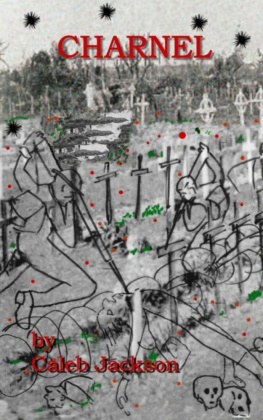
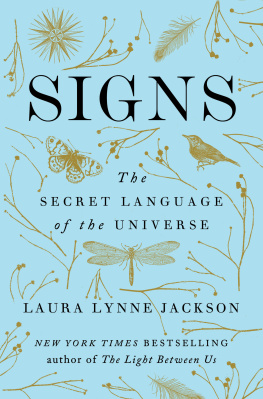

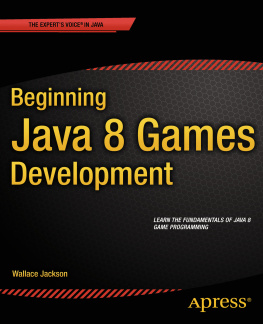

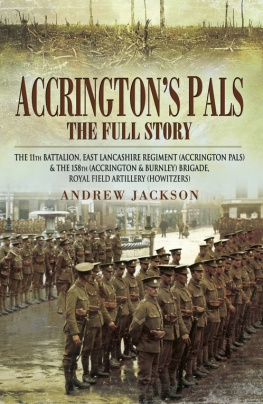



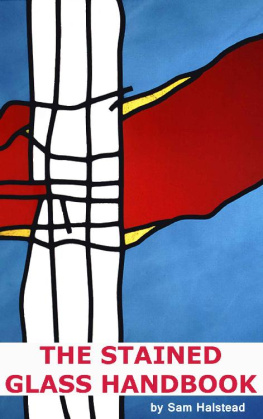
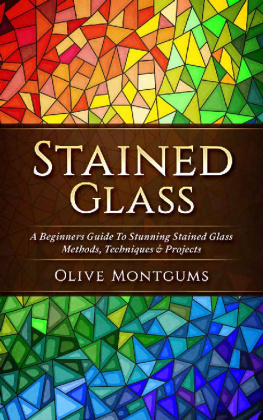


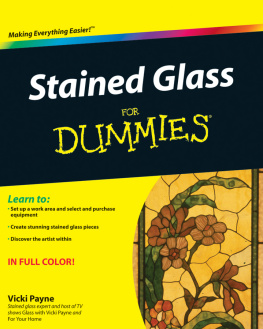
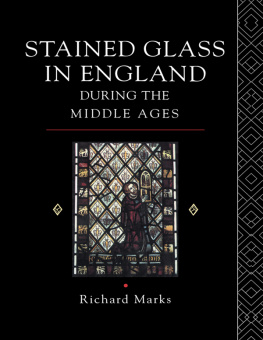

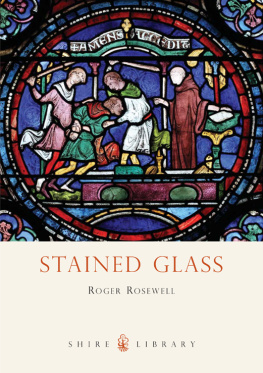
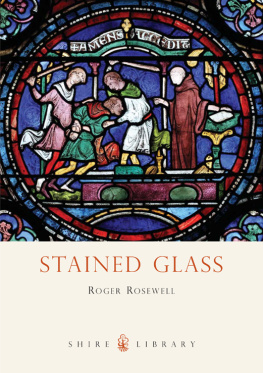
 le, from neuter of Latin carn
le, from neuter of Latin carn  , carn-, flesh ; see sker in Indo-European roots]
, carn-, flesh ; see sker in Indo-European roots]